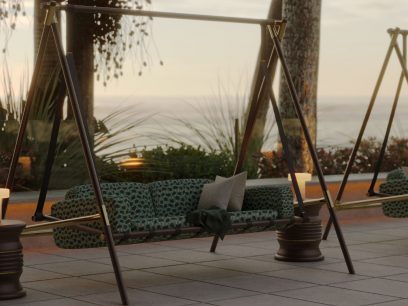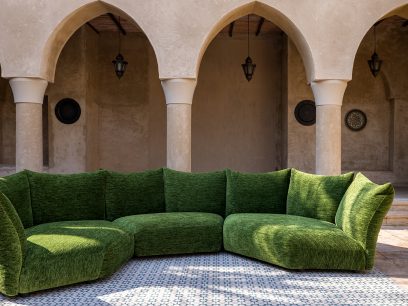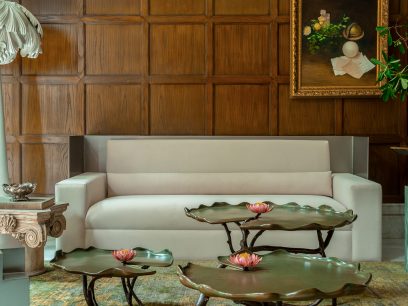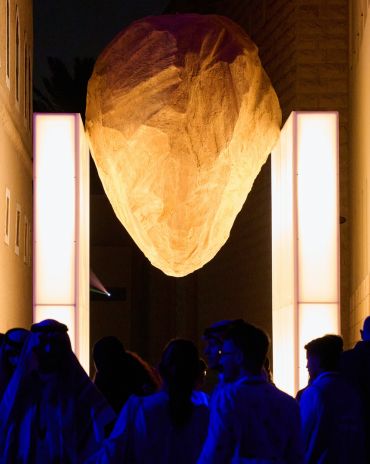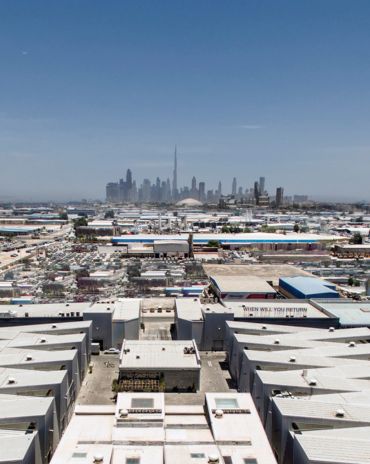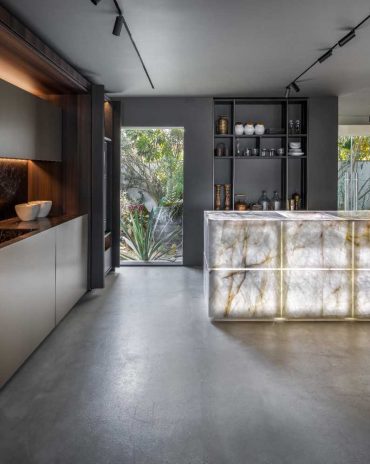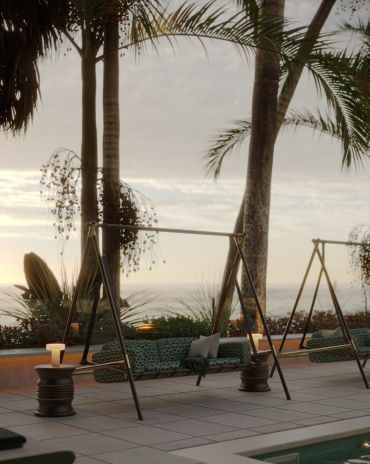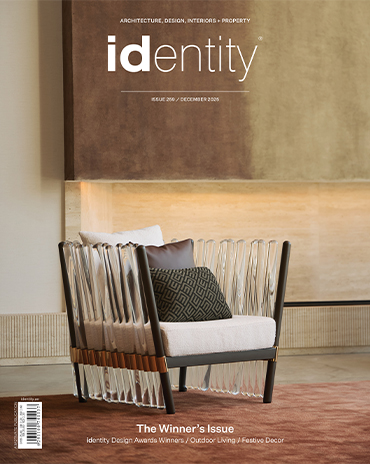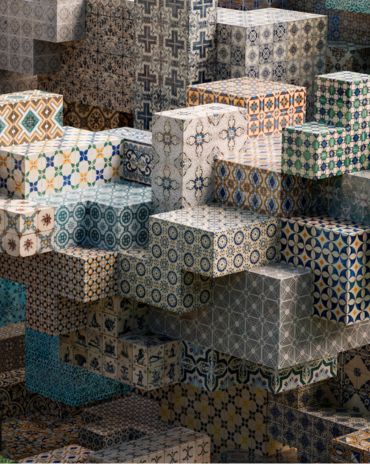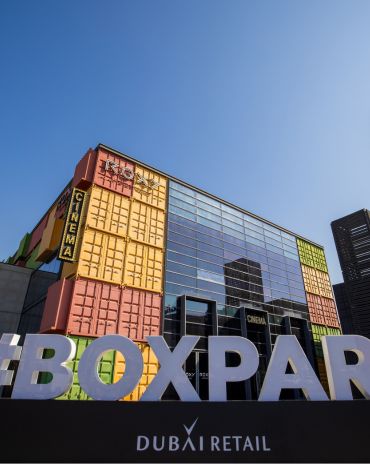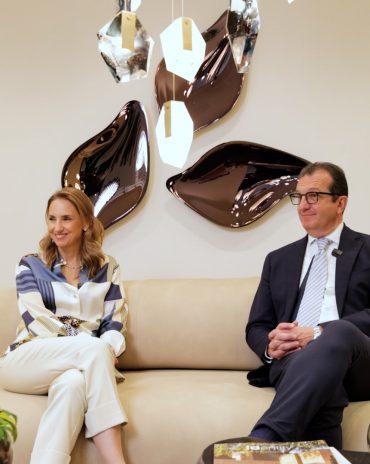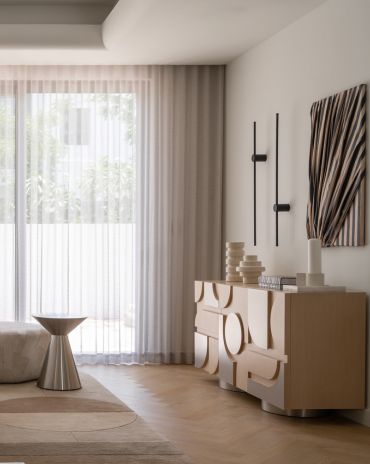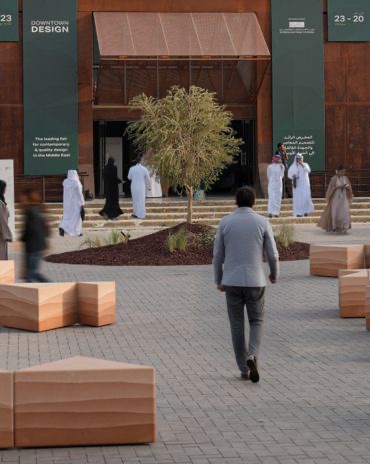Copyright © 2025 Motivate Media Group. All rights reserved.
A Sense of Sanctuary
We interview Tanuj Goenka, Director of Kerry Hill Architects (KHA) on the development of the latest Aman Residences in Dubai
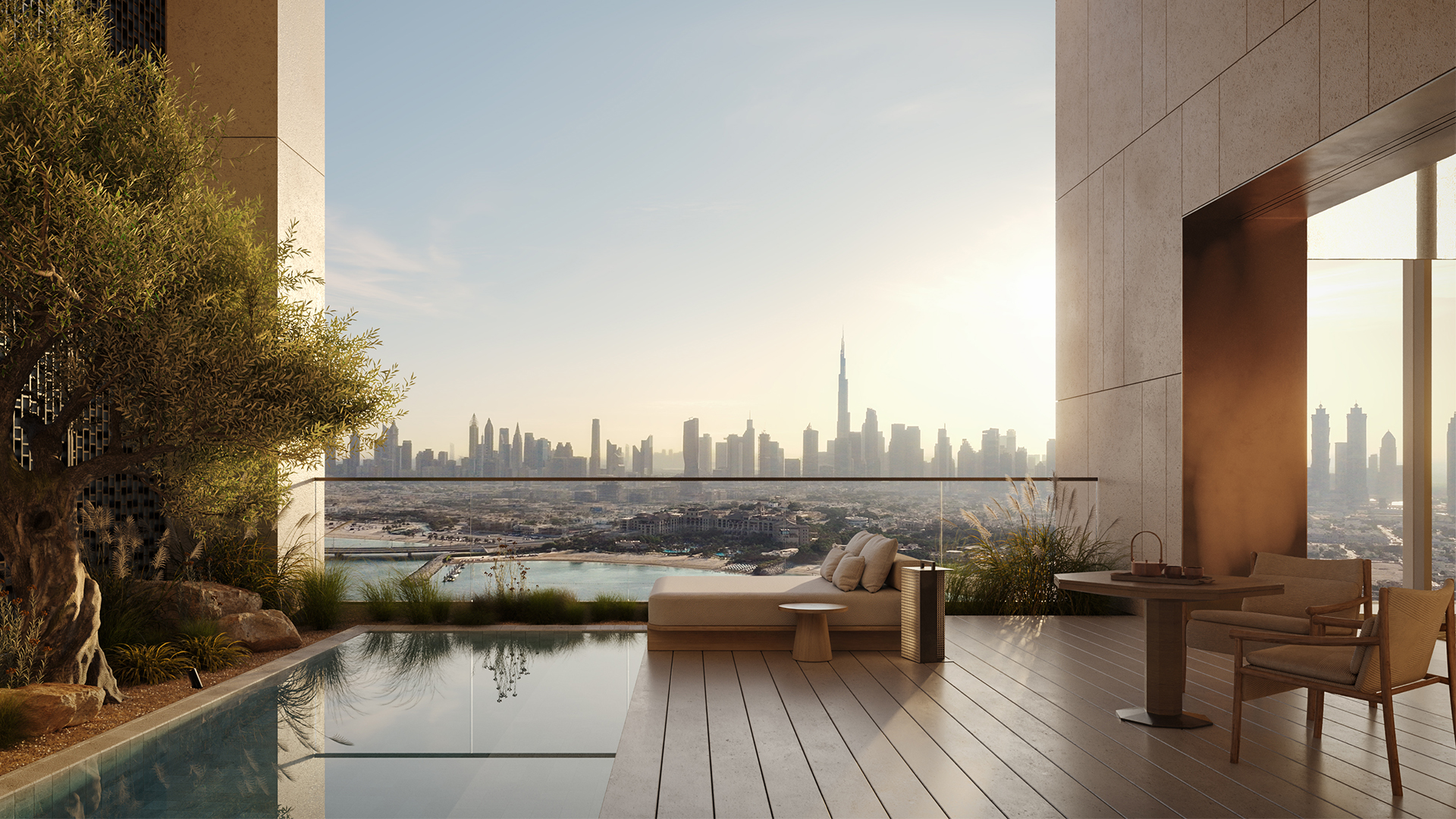
The Aman brand is often described as a sanctuary for the senses. How did Kerry Hill Architects (KHA) interpret and evolve this ethos in the context of Dubai’s urban density and visual stimulation?
The creation of Aman Dubai as a garden oasis was fundamental in establishing it as a sanctuary within the city. Set on the edge of a lush, planted peninsula, the architecture was designed to offer residents a true sense of arrival – one that evokes retreat, renewal and a journey home. This sense of sanctuary is heightened through a deep connection to its surroundings: embracing sea views and breezes on one side, and vistas of the shimmering city framed by verdant gardens on the other. The contrast between Dubai’s dynamism and the calm of nature grounds the project in a refined sense of place.
In a city where architectural expression often leans toward the extravagant, how does Aman Residences stand apart through restraint and purity of form?
Aman Residences embodies a quiet elegance through pared-down forms and a refined abstraction of regional experiences.
Expansive double-height living spaces and terraces frame dramatic views and invite social connection, while more intimate rooms provide sanctuaries for rest and contemplation. Natural materials – stone, timber, bronze – are used with a deliberate restraint and were chosen for their inherent character and ability to age gracefully. This thoughtful simplicity amplifies the rhythms of living and the presence of nature, rather than competing with them.
Dubai is synonymous with speed and spectacle; how did you slow things down in the spatial experience of Aman?
Drawing from the traditions of Middle Eastern architecture, the design centres on courtyards, gardens and carefully composed thresholds – transitional moments that mark the shift from public to private, from movement to stillness.
These spatial sequences – through galleries, paths and planted courtyards – guide residents on a journey that allows for pause, reflection and reconnection with the natural world. The architecture is not about creating spectacle, but rather about quieting the senses and inviting presence.
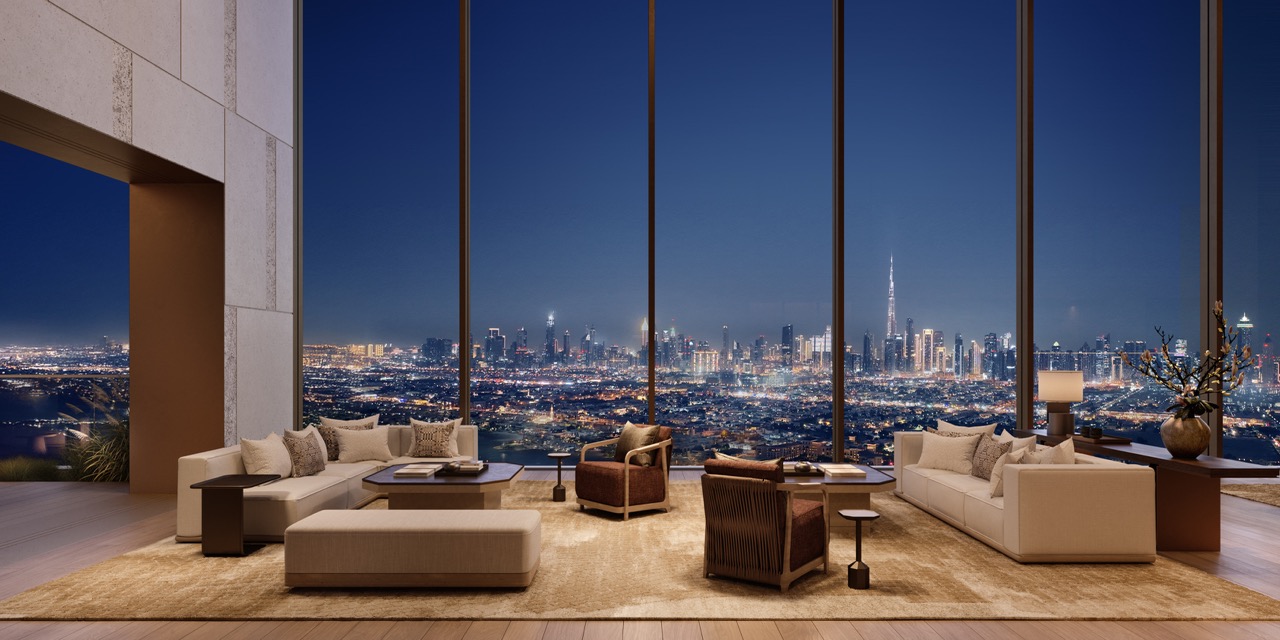
Can architecture truly shape behaviour and emotional state? If so, what design decisions within Aman Dubai were made specifically to foster serenity and reflection?
The connection to the natural world can have a profound effect on our emotional state. At Aman Dubai, the architecture is designed to foster this connection – this is not a hermetically sealed environment, but one that opens up to embrace the garden, the sea breezes and the expansive views beyond.
Throughout the residences, there is a deliberate relationship with nature, allowing the outside world to permeate and soften the experience of the interiors. Just as the architecture opens itself to its environment, many of the interior elements also reflect a deeply human quality. For example, the use of cast-bronze tables and lamps – each bearing subtle imperfections – carries the mark of the maker and invites quiet contemplation through their tactile, crafted presence.
This layered sensitivity to place, material and craft contributes to an atmosphere of serenity, shaping how residents feel, move and reflect within the space.
Do you think the growing fatigue from overstimulation is driving a wider movement toward ‘sanctuary architecture’?
There is a growing recognition of the need for spaces that restore rather than overwhelm. As our environments become faster, brighter and more saturated, a quiet urgency has emerged for architecture that offers relief – spaces that slow us down, invite reflection and reconnect us with nature. This shift toward what some describe as ‘sanctuary architecture’ is not simply a trend, but a return to foundational values: stillness, clarity and presence. Aman has long embodied these principles. Long before the language existed to define it, Aman spaces were conceived to heighten sensory awareness, cultivate calm and honour the surrounding landscape.
At Aman Residences, Dubai, that ethos takes on new resonance. The design curates sensory quietness through natural light, framed views and materials that breathe. In a city shaped by velocity and spectacle, it offers a moment of pause – a place to exhale.
The Latest
Nebras Aljoaib Unveils a Passage Between Light and Stone
Between raw stone and responsive light, Riyadh steps into a space shaped by memory and momentum.
Reviving Heritage
Qasr Bin Kadsa in Baljurashi, Al-Baha, Saudi Arabia will be restored and reimagined as a boutique heritage hotel
Alserkal x Design Miami: A Cultural Bridge for Collectible Design
Alserkal and Design Miami announce one of a kind collaboration.
Minotticucine Opens its First Luxury Kitchen Showroom in Dubai
The brand will showcase its novelties at the Purity showroom in Dubai
Where Design Meets Experience
Fady Friberg has created a space that unites more than 70 brands under one roof, fostering community connection while delivering an experience unlike any other
Read ‘The Winner’s Issue’ – Note from the editor
Read the December issue now.
Art Dubai 2026 – What to Expect
The unveils new sections and global collaborations under new Director Dunja Gottweis.
‘One Nation’ Brings Art to Boxpark
A vibrant tribute to Emirati creativity.
In conversation with Karine Obegi and Mauro Nastri
We caught up with Karine Obegi, CEO of OBEGI Home and Mauro Nastri, Global Export Manager of Italian brand Porada, at their collaborative stand in Downtown Design.
The Edge of Calm
This home in Dubai Hills Estate balances sculptural minimalism with everyday ease
An interview with Huda Lighting at Downtown Design
During Downtown Design, we interviewed the team at Huda Lighting in addition to designers Tom Dixon and Lee Broom.
Downtown Design Returns to Riyadh in 2026
The fair will run its second edition at JAX District

